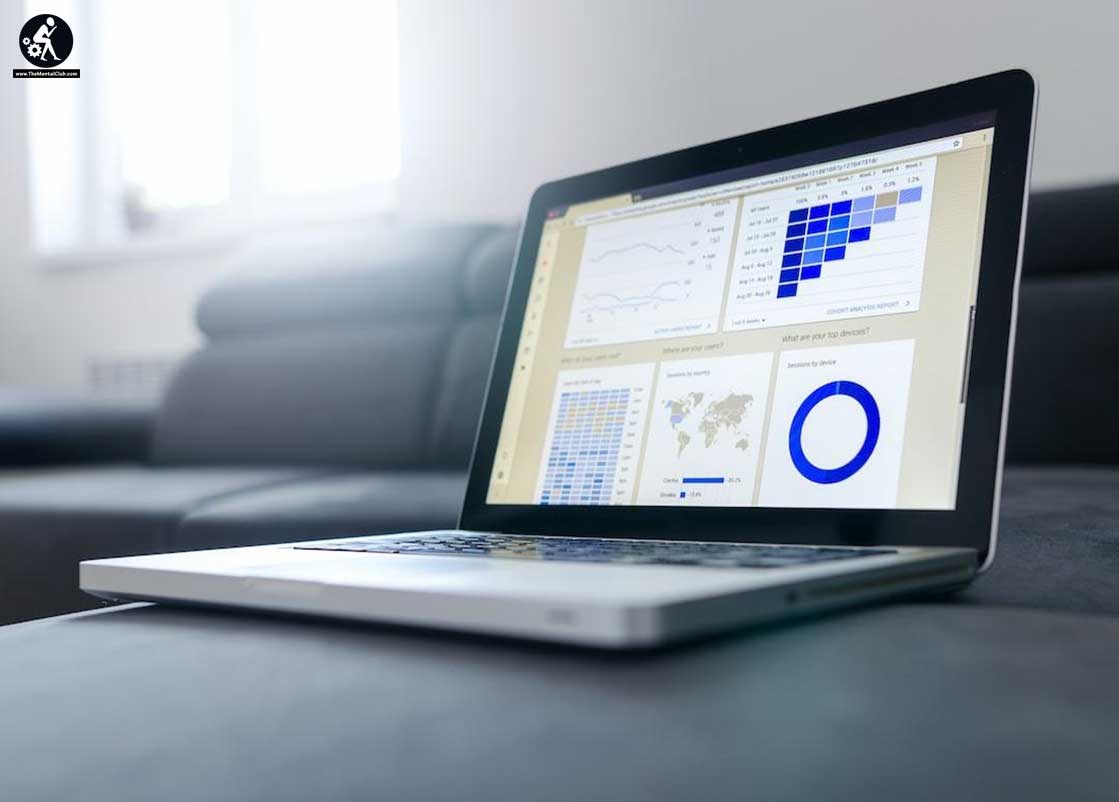The realm of business analytics is vast and multifaceted. At its core, it involves dissecting, interpreting, and applying data to drive better decision-making. One foundational element in this data-rich landscape is descriptive analytics. It offers a way to capture a comprehensive view of past business operations, painting a picture that, when read correctly, can inform a strategic trajectory. Let’s dive deep into the concept of descriptive analytics and how it can amplify the quality of business decisions.

Understanding Descriptive Analytics
To put the descriptive analytics definition simply, descriptive analytics is the simplest form of business analytics. It involves summarizing historical data to understand past behaviors and events. The objective is not to make predictions or provide recommendations, but to give a clear account of “what happened.” This is done through tools such as data aggregation, data mining, and various visualization techniques like graphs, charts, and heat maps.
When you look at a monthly sales report, website traffic statistics, or even a yearly financial statement, you’re engaging with the fruits of descriptive analytics. These documents or displays summarize complex datasets into understandable formats, making it easier for stakeholders to digest and analyze.
The Importance of Historical Data

Historical data serves as a time machine, allowing businesses to revisit past decisions, campaigns, and strategies to identify what worked and what didn’t. In understanding the patterns and trends from previous months or years, businesses can gain valuable insights.
For instance, a retailer may identify certain times of the year when sales peaked. Was it due to a particular marketing campaign? Maybe it was a seasonal trend? By recognizing these patterns, the retailer can strategize more effectively for similar periods in the future.
Moreover, by spotting anomalies in the data, businesses can delve deeper into the causes of unexpected events. A sudden dip in website traffic, for example, might be traced back to a site outage or a change in search engine algorithms.
Empowering Stakeholders With Clarity
Descriptive analytics demystifies complex data. For decision-makers who may not be data scientists or analysts, the summarization of vast amounts of information into simple visual representations is a boon. These representations can be easily shared across departments, ensuring everyone is on the same page.

Consider a manufacturing company trying to ascertain the efficiency of its production lines. While raw data might be available in heaps, descriptive analytics can turn this into comprehensible charts showcasing monthly output, downtime, and even shift-wise performance. Such clarity empowers not just the top management but also team leaders and floor managers, allowing them to pinpoint areas of improvement.
Identifying Strengths and Weaknesses
Every business has its strengths and weaknesses. Descriptive analytics aids in highlighting these areas, presenting them in stark clarity. For example, an e-commerce business can understand which products are their best-sellers and which ones lag in sales. They can also identify which marketing channels drive the most traffic and conversions.
By understanding these strengths, businesses can double down on what’s working. Conversely, recognizing weaknesses allows for timely intervention, whether it’s revamping a product, rethinking a marketing strategy, or addressing operational inefficiencies.
The Foundation for Advanced Analytics

While descriptive analytics lays out the “what happened” narrative, it sets the stage for more advanced forms of analytics. Predictive analytics, for instance, uses the insights from descriptive analytics to forecast potential future outcomes. Similarly, prescriptive analytics goes a step further, offering specific recommendations based on past data and future predictions.
Hence, without a robust descriptive analytics foundation, the subsequent stages of business analytics may not be as accurate or effective. Descriptive analytics ensures that the data being fed into predictive and prescriptive models is accurate, comprehensive, and well-understood.
An Informed Path Forward
Descriptive analytics provides an anchor for businesses in the tumultuous seas of data-driven decision-making. By offering a clear, summarized view of past events, it provides invaluable context. Decision-makers are then armed with insights that can guide their future strategies, ensuring they’re built on a solid understanding of the past.

However, while the value of descriptive analytics is undeniable, it’s also essential for businesses to understand its limitations. It is purely retrospective in nature. To harness the full power of business analytics, companies must leverage the insights from descriptive analytics and complement them with predictive and prescriptive analytics for a holistic approach.
Reflecting on the Past to Shape the Future
In an age where businesses are inundated with data from every corner, the ability to make sense of this data becomes paramount. Descriptive analytics serves as a beacon, illuminating the path that a business has traversed. By reflecting on this journey, organizations can draw lessons, celebrate successes, understand shortcomings, and, most importantly, make informed decisions about the road ahead. Thus, while it may seem fundamental, the power of descriptive analytics in shaping a company’s destiny cannot be understated.


































